Introduction
Cryptocurrency staking has become an increasingly popular way to earn passive income in the digital asset space. With the rise of decentralized finance (DeFi), tools like MetaMask have made it easier for users to participate in staking directly from their wallets. In this guide, we will explore what MetaMask staking is, how it works, and how you can get started.
What is MetaMask Staking?
MetaMask staking refers to the process of locking up your cryptocurrency tokens within the MetaMask wallet to support a blockchain network’s operations, such as transaction validation, and in return, earning staking rewards. By staking, users contribute to the security and efficiency of the blockchain while earning interest on their holdings.
How Does MetaMask Staking Work?
- Choose a Blockchain Network: MetaMask supports multiple blockchain networks, including Ethereum, Binance Smart Chain, and others. Depending on the blockchain, you can stake native tokens like ETH, BNB, etc.
- Connect to a Staking Platform: MetaMask allows integration with various staking platforms. You can connect your wallet to platforms like Lido, Aave, or Yearn Finance, where you can stake your assets.
- Stake Your Tokens: After selecting a platform and network, you can deposit or “stake” your tokens. The staked tokens are locked for a certain period, during which they are used to validate transactions on the network.
- Earn Rewards: In return for staking, you receive rewards in the form of additional tokens, usually proportional to the amount staked and the duration of staking.
Benefits of MetaMask Staking
- Passive Income: By staking, you earn rewards, providing a steady stream of passive income.
- Support Network Security: Staking helps secure the blockchain network by validating transactions.
- Low Barrier to Entry: MetaMask staking is accessible to anyone with a MetaMask wallet, making it easy for beginners.
Risks of MetaMask Staking
- Lock-Up Periods: Your tokens are locked for a specific period, and early withdrawal may result in penalties.
- Market Volatility: The value of staked tokens can fluctuate, which may affect the overall value of your rewards.
- Smart Contract Risks: Staking platforms are based on smart contracts, which may have vulnerabilities if not audited properly.
How to Get Started with MetaMask Staking
- Install MetaMask: If you haven’t already, install the MetaMask wallet extension on your browser.
- Fund Your Wallet: Deposit the cryptocurrency you wish to stake into your MetaMask wallet.
- Select a Staking Platform: Choose a reputable staking platform compatible with MetaMask. Platforms like Lido and Aave are popular choices.
- Connect MetaMask to the Platform: Use the “Connect Wallet” option on the staking platform to link your MetaMask wallet.
- Stake Your Tokens: Follow the on-screen instructions to stake your tokens. Confirm the transaction in MetaMask, and you’re done!
FAQs about MetaMask Staking
Q1: Can I unstake my tokens anytime?
A: It depends on the staking platform and network. Some platforms allow unstaking anytime, while others may have a lock-up period.
Q2: Is MetaMask staking safe?
A: Staking via MetaMask is generally safe, but it’s important to choose reputable platforms and understand the risks involved.
Q3: What are the fees for MetaMask staking?
A: Fees vary by network and platform. Ethereum, for example, has gas fees for transactions.
Q4: What tokens can I stake on MetaMask?
A: You can stake various tokens depending on the network. For example, ETH on Ethereum, BNB on Binance Smart Chain, and so on.
Q5: How are staking rewards calculated?
A: Rewards are typically calculated based on the amount staked, the staking duration, and the network’s reward rate.
Conclusion
MetaMask staking is an excellent way to earn passive income while supporting blockchain networks. By following this guide, you can easily get started with staking and begin earning rewards. As always, ensure you do thorough research and choose reliable platforms to maximize your staking experience.













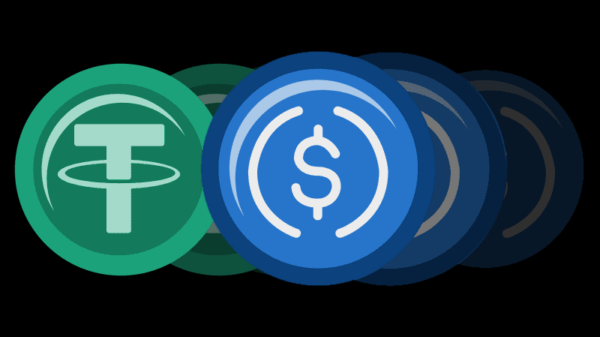
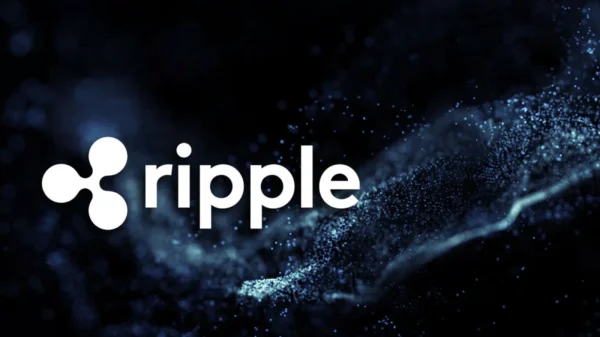
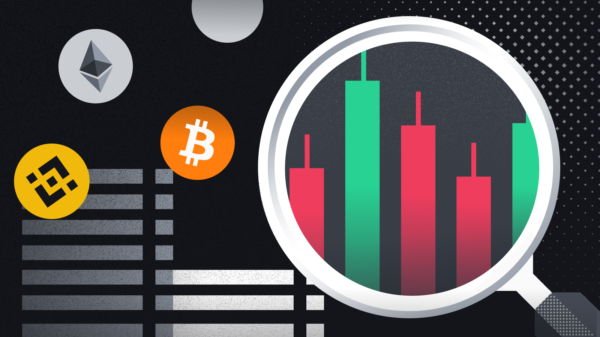



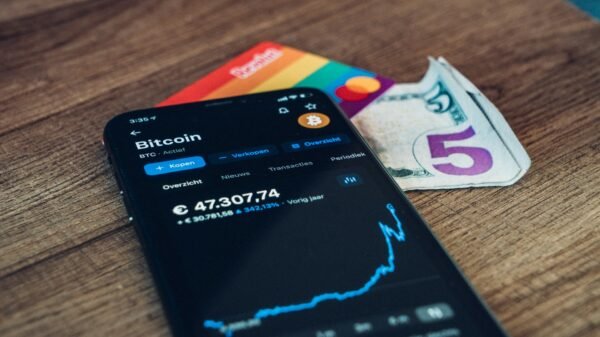
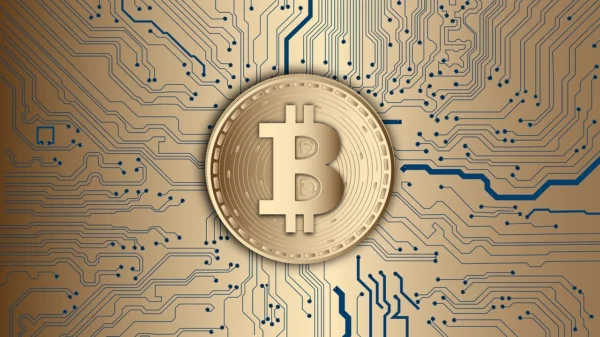

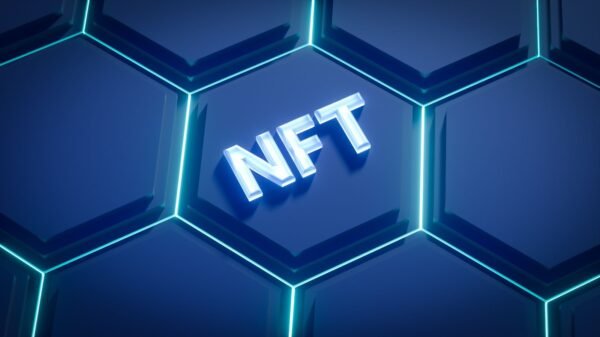
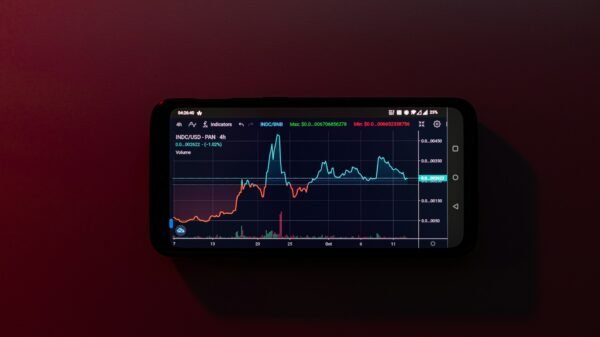
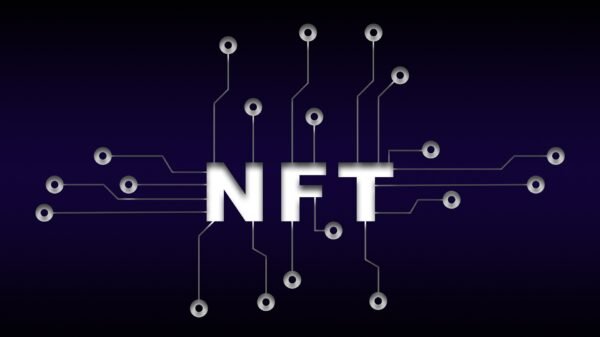

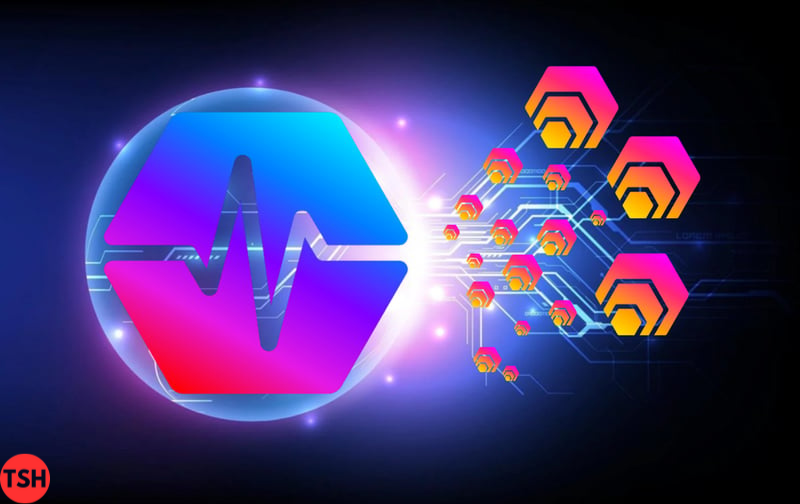

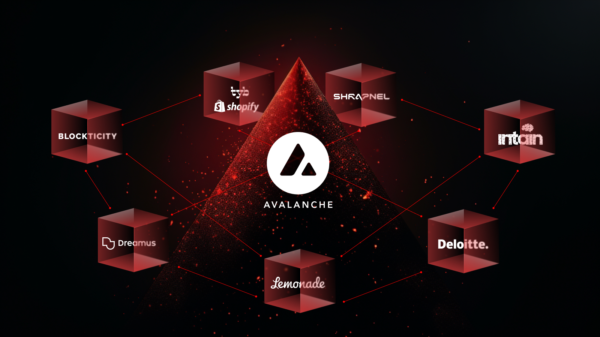




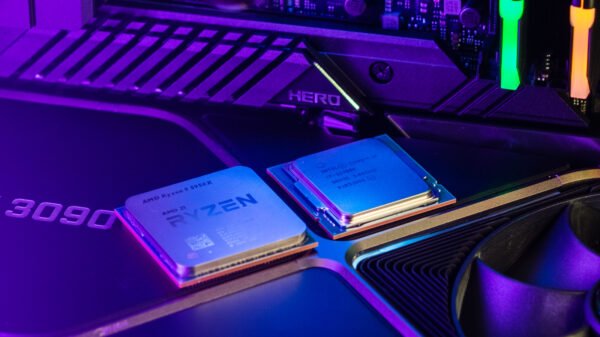
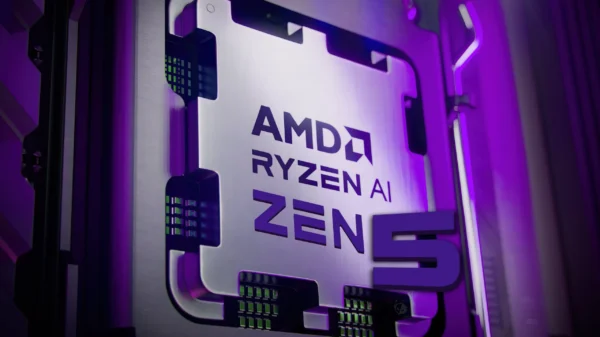















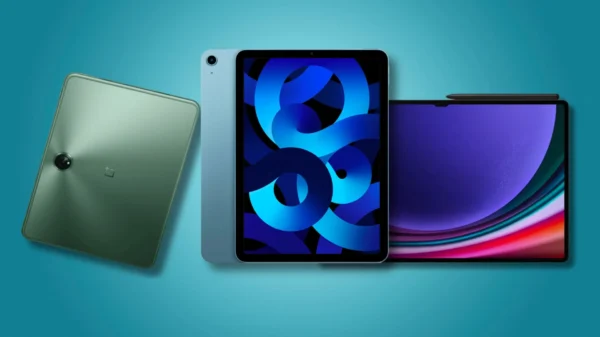










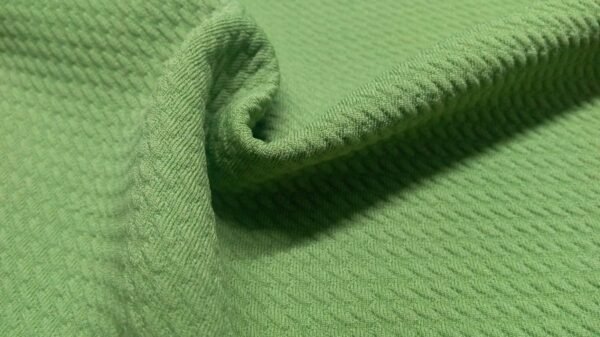

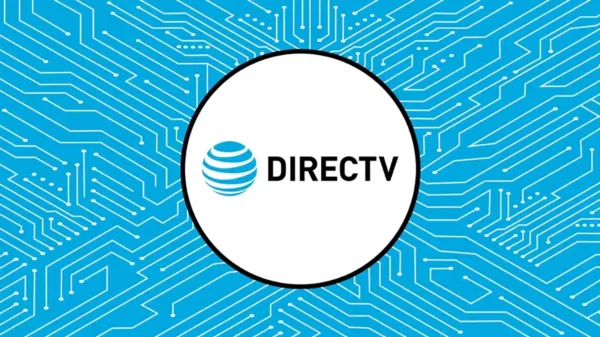
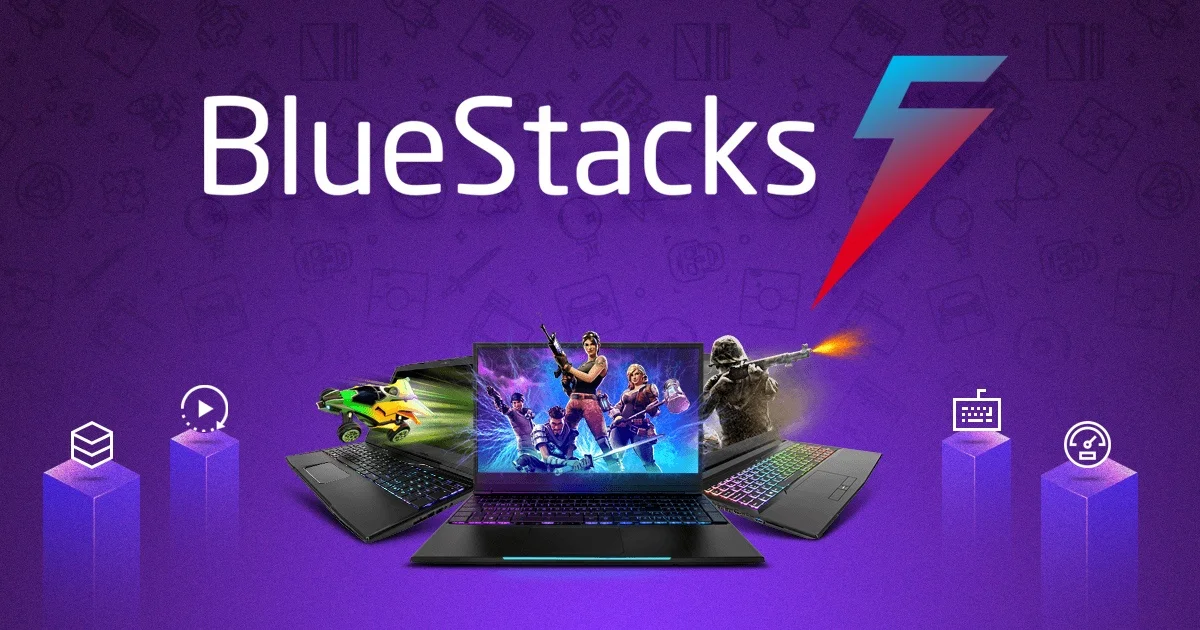





Pingback: Assassin's Creed Black Flag Remake: What We Know So Far